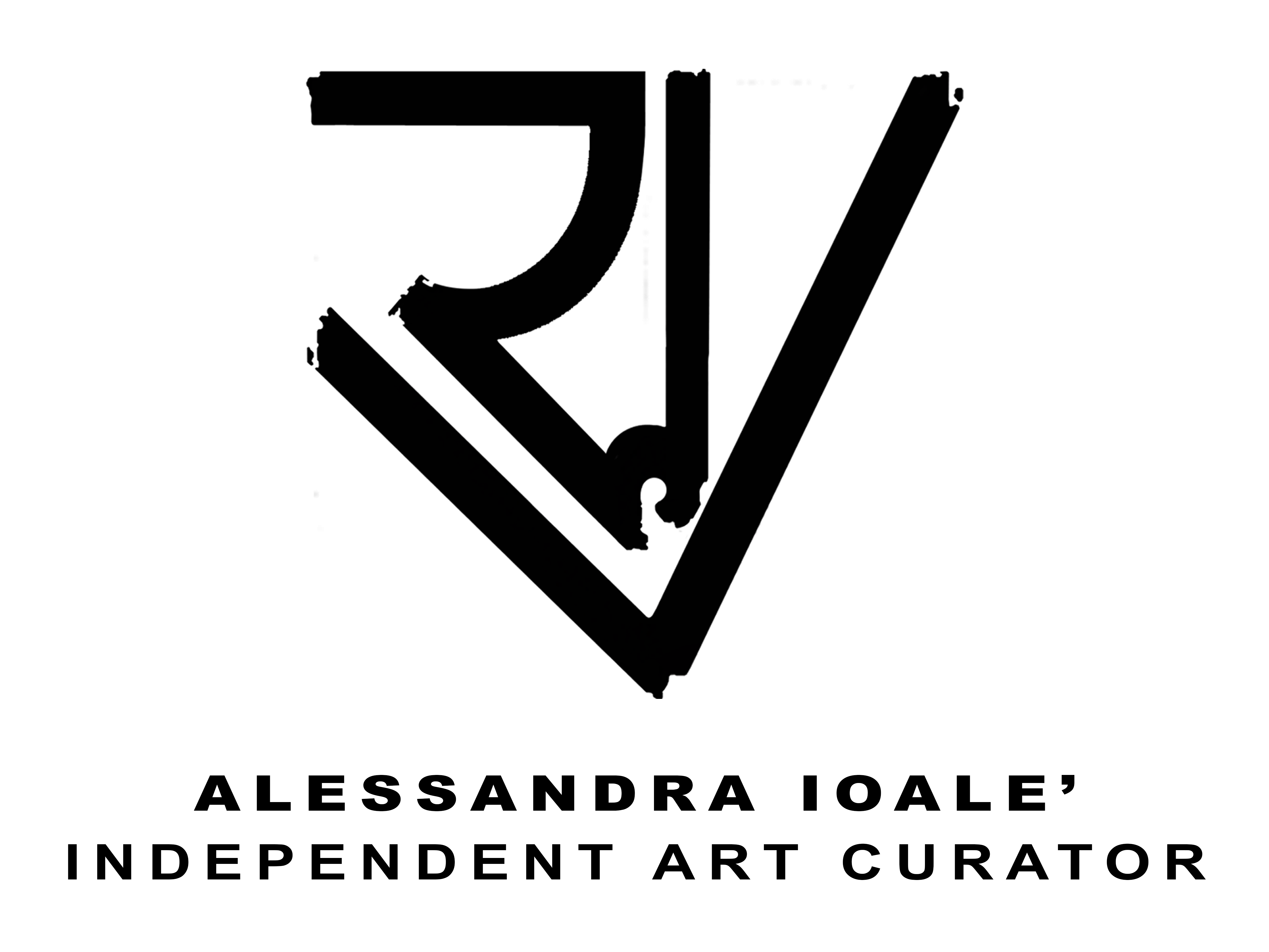My curatorial project Do surveillance devices have poetics ideals and artistic greeds?, with the works by Guido Segni and Irene Fenara, materializes in concrete space and is involved into the project show evolution in four events ISIT.EXHI#001 curated by ISIT.Magazine at Spazio In Situ in Rome from May 15 to June 12 2021.
Into the ISIT.EXHI, my project is in dialog with other amazing projects and works by great artists and curators selected from ISIT2020#002: Wednesday Kim and Vincent CY Chen, Arianna Desideri, Fabien Zocco, Dario Moalli, Claudia Holzinger, Alizé Rose-May Monod, Frenk e Fresca, Valerio Veneruso, Chiara Ventura, Gabriele Zagaglia, Matteo Montagna, Elena Perugi with Sebastiano Lorenzo Pala and Francesco Antonio Tola, Noura Tafeche, Jacopo Natoli, -ness, Marta Galmozzi.
My project in the exhibition evolutionary phases

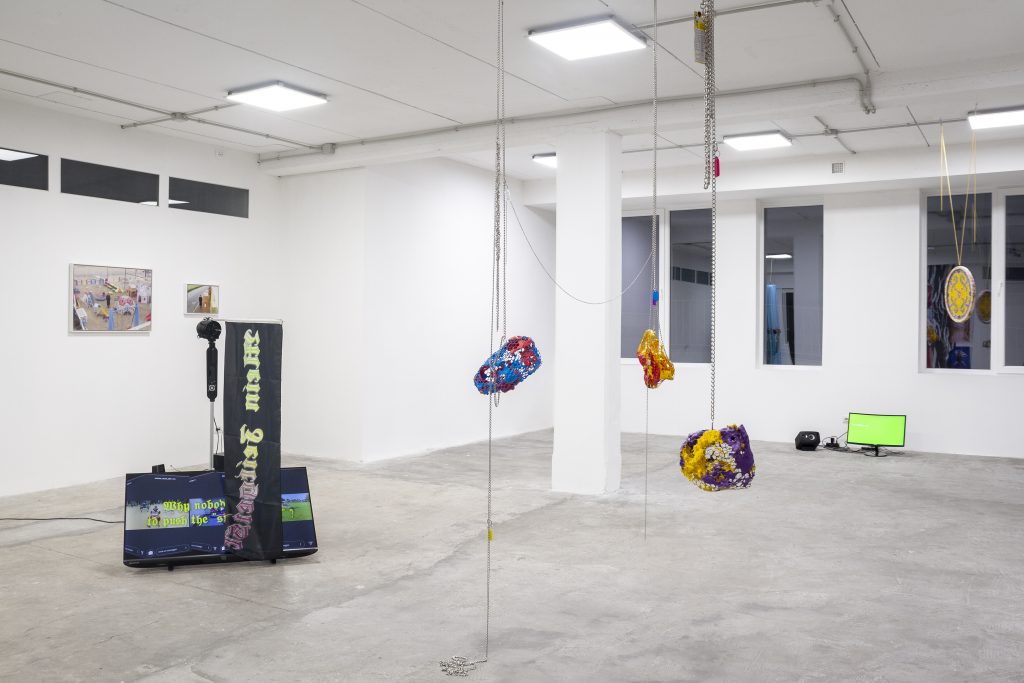
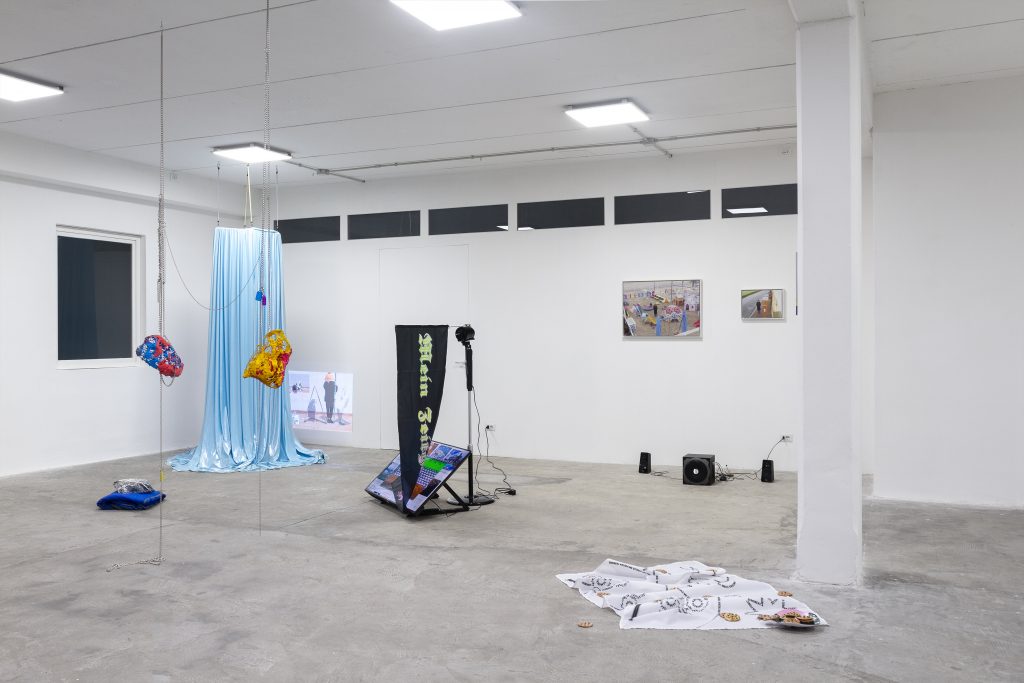
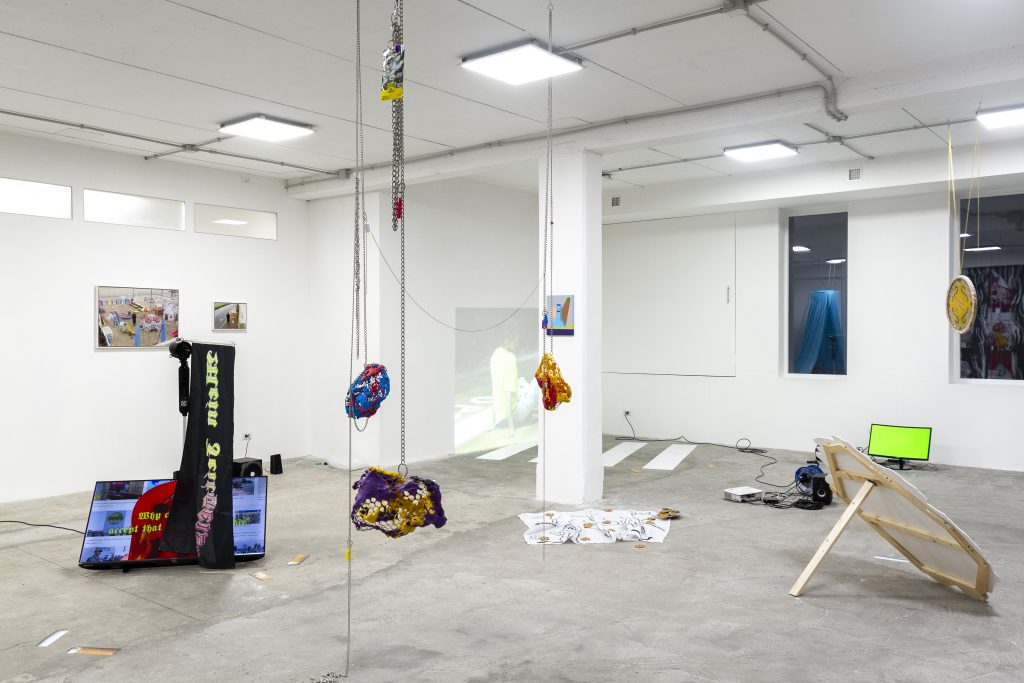
Do surveillance devices have poetics ideals and artistic greeds?
Placed in parallel dialogue and questioned, transcending their initial motivations, the Segni and Fenara projects show the complementarity of their answers to the impossible question: do surveillance devices also have poetic ideals? Both artists with their works prove that even surveillance devices can be poetic to the extent that everything can be turned into poetry by reframing. In this perspective, Guido Segni becomes one of the proto-authors of the future, as an algorithmic writer who experiences a practice of language. Fenara, instead, could be one of the proto-photographer of the future, able to remotely get hold of video surveillance devices to experiment with new practices of remote viewing. At the same time, is in the absence of intervention by the artists on surveillance devices and the existence of a kind of collaboration between them, that the poetic ideals of such devices are emerge.
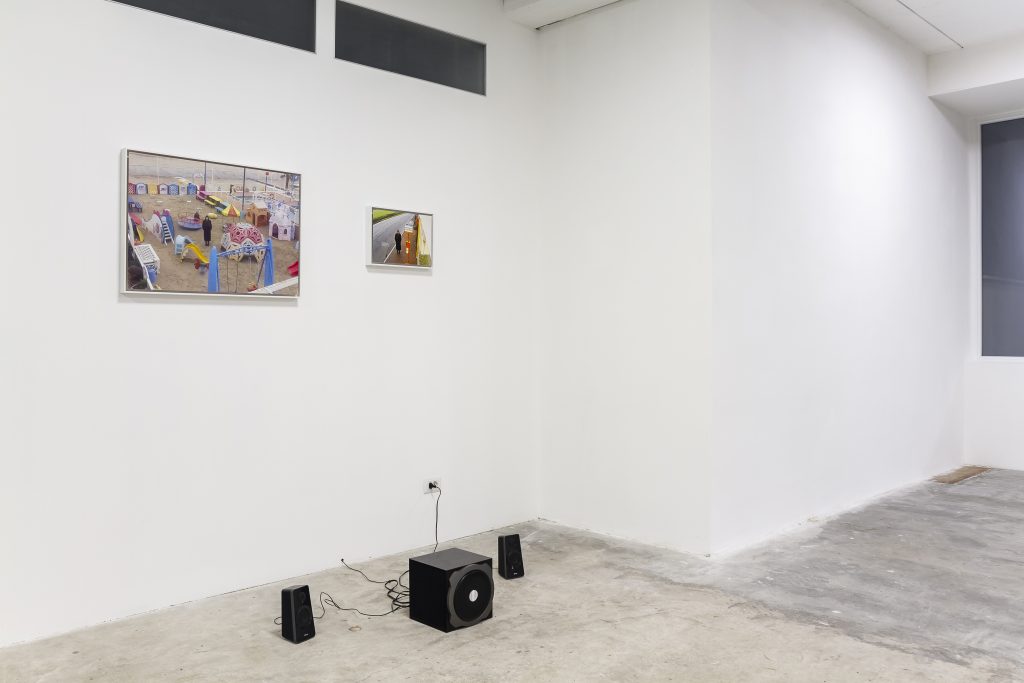
“There’s no pictures in latent space, just secret misunderstandings”, 2020
spybot and synthesis voice
courtesy the artist

“Self Portrait from Surveillance Camera”, 2020
inkjet print on Hahnemühle paper 57×81 cm
courtesy the artist and UNA Galleria

“Self Portrait from Surveillance Camera”, 2019
inkjet print on Hahnemühle paper, 28×40 cm
courtesy the artist and UNA Galleria
ISIT.EXHI#001 GRAND FINALE
Curated By ISIT= Andrea Frosolini, Federica Di Pietrantonio and Alessandra Cecchini
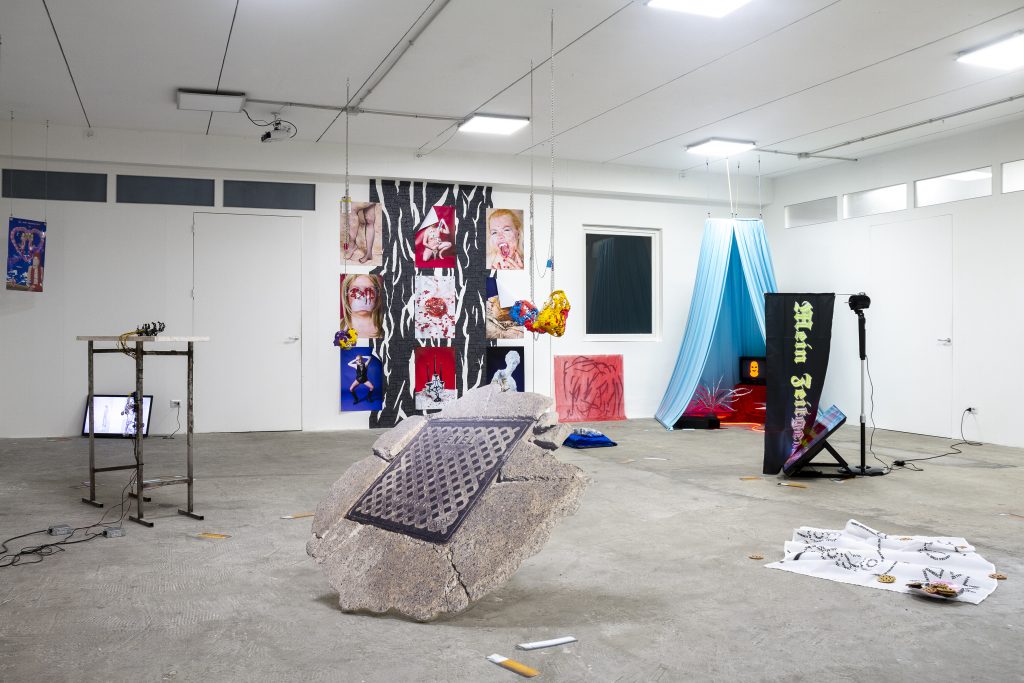
For the first time ISIT takes shape in space, revealing more than ever its built-in process (both online and offline). The exhibition does not have a definite or definitive form, the opening matches his finissage. The structure evolves from event to event, according to the planned schedule, taking advantage from both the variability and the unpredictability of the selected projects. The aim is to build the exhibition’s experience as a parallax-narrative.
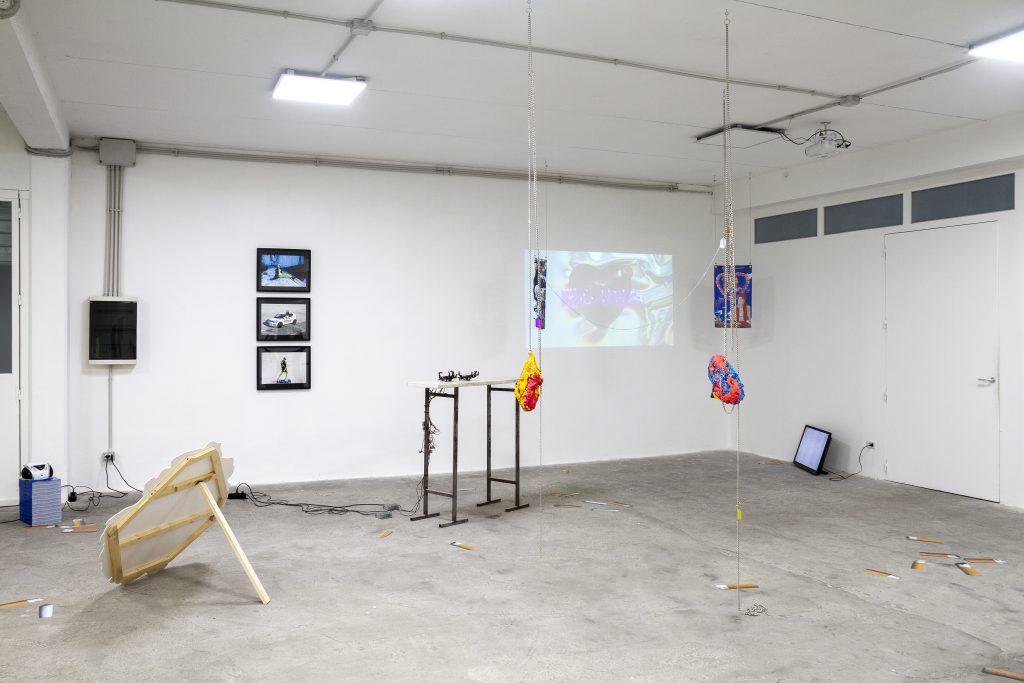
parallax: the effect whereby the position or direction of an object appears to differ when viewed from different positions, e.g. through the viewfinder and the lens of a camera. parallax: parallax scrolling is a website trend where the background content (i.e. an image) is moved at a different speed than the foreground content while scrolling.
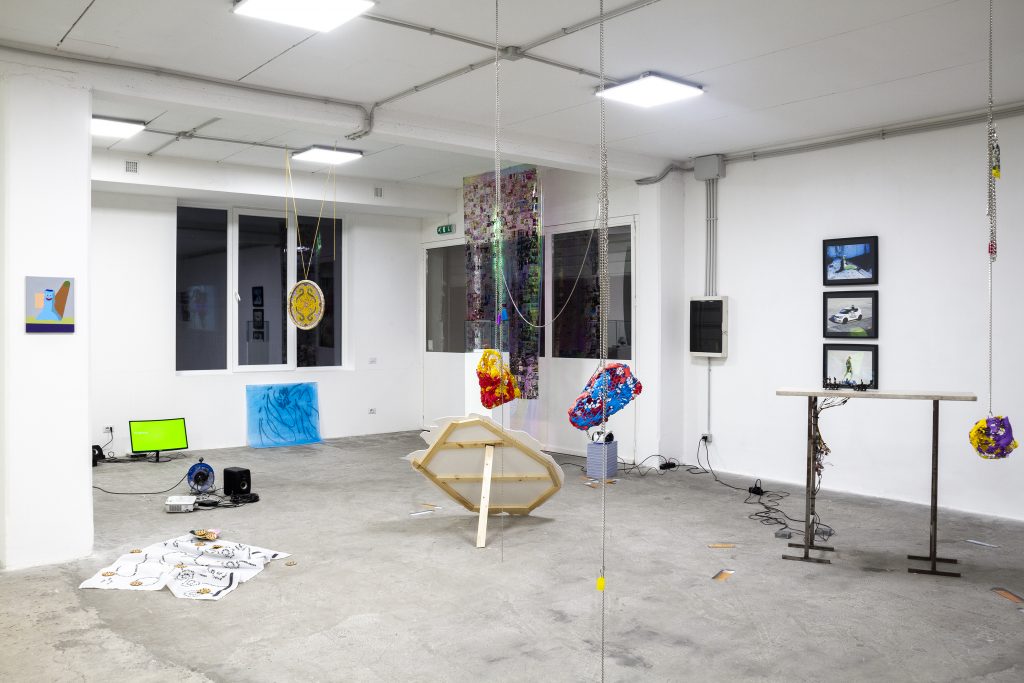
The dialogue between the events/projects and the space is built by the continuous exchange and overlapping of contents, materials and experiences. Such a system becomes an overwriting and overseeing structure. In reality, we’re continuously exposed to several layers of fiction that in the exhibition are blended, edited, overlapped and juxtaposed to create an evolving container of creation and destruction.
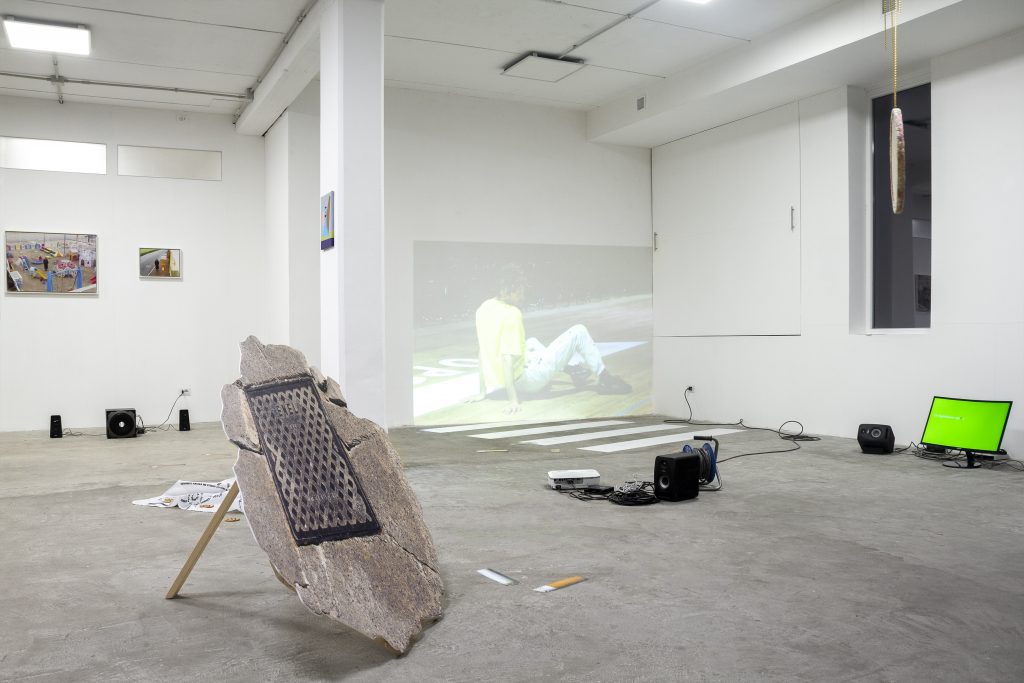
The space is therefore an interpretation/reading of reality itself, throughout its layers and contradictions. Each event follows an horizontal panorama of interpretation, whether the connection with another one is more intuitive or of a deeper understanding, leaving the proposer free to express his artistic research. One could say that there’s no curator, the exhibition is built in a way, but that way is just one possibility among the possible ways of development
Courtesy ISIT.Magazine and Spazio In Situ; photos by Marco De Rosa
